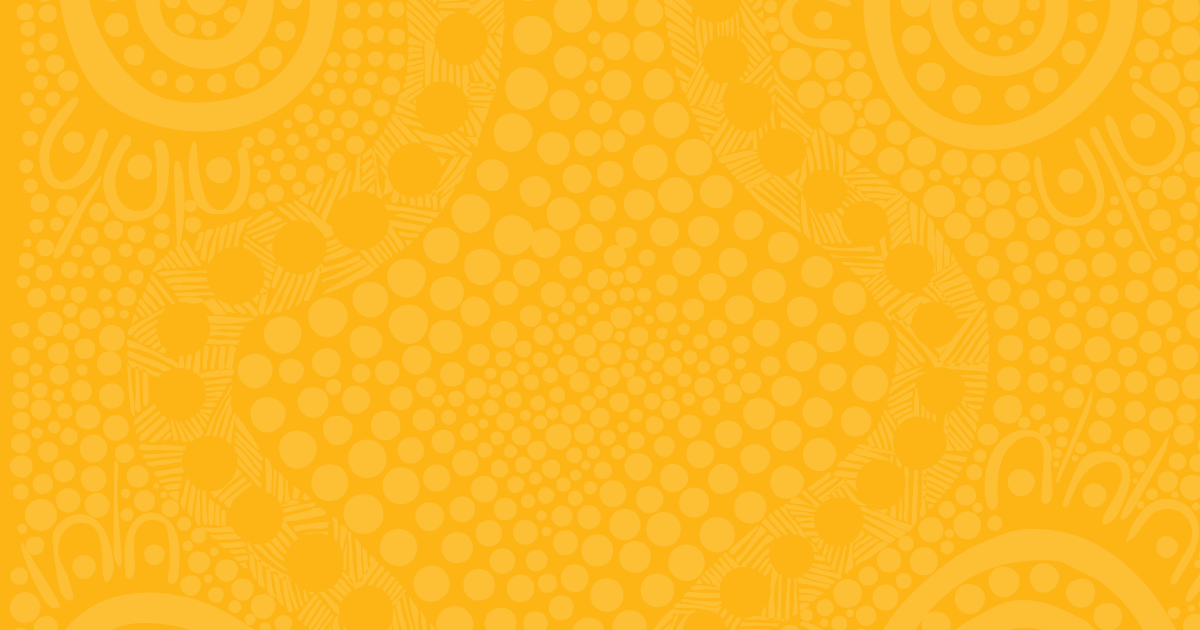“Educating our children with the truth is the way toward healing this great country”
Reconciliation is a big word that echoes louder and louder as time pounds ever forward. It means different things to different people. To some, it is a token gesture, a week in the year in which a word is repeated to tick political boxes. To others, it is a future path to a sense of national unity in Australia, with the aim that:
“In a just and reconciled Australia, Aboriginal and Torres Strait Islander children will have the same life chances and choices as non-Indigenous children, and the length and quality of a person’s life will not be determined by their racial background”[1].
The aching chasm between two understandings of this powerful word, alongside countless other interpretations, goes to the very heart of the issue of reconciliation, and why it is still not resolved in Australia. The untold, untaught story of First Nations people, the blinkered teaching of single-dimension colonial history, and the disregard of intergenerational inequality and injustice to this day, leaves sections of the nation holding a vast burden of trauma while others live with this historical blind spot.
Education plays a vital role in creating a shared understanding about Australian history and the ensuing trauma. A shared understanding can support First Nations people to have the same life chances and choices as non-Aboriginal people. As teachers, your role in sharing truth can feel confronting, however placing Aboriginal perspectives in the too-hard basket only compounds the problem.
While the stories of massacres, the Stolen Generation and terra nullius can seem too hard to tell, many argue that if the trauma of the past is silenced, the success of the future will never be placed in context. Add to that the stories that need to be celebrated, stories of courage, innovation and triumph, and you can start to see that the understanding of our national identity is currently incomplete, dishonest and an ongoing legacy of colonial cruelty.
The key to real long-term sustainable change is fostering genuine engagement in Aboriginal perspectives for all Australians so that we, as a country, have a shared knowledge of our history, the journey that has brought First Nations people to where we are today and the challenges we continue to face.
That engagement happens effectively in the classroom, making school an ideal place to share knowledge and stories that foster a shared understanding.
As key influencers in the lives of children, teachers are well placed to take on this responsibility. Teachers can educate younger generations about Australia’s fractured history, to instil in them understanding and a desire to learn more about the oldest continuous living culture on earth.
School kids are the future drivers of reconciliation, respect and understanding. And it is through them that the healing process can be best realised, as well as encouraging a sense of cultural identity and pride among First Nations children, enhancing their psychological resilience.
But while the case for education to support reconciliation is clear, knowing where to start is something that many teachers ponder. Making a start is the hardest step. This year’s Reconciliation Week theme is Be Brave. Make Change. So I encourage you to be brave and try something new in your classroom this year for Reconciliation Week.
Here are 5 accessible ideas that contribute to reconciliation.
Join in Reconciliation Week activities
Throughout Reconciliation Week there are many activities that are worth exploring. Look for local events as well as online initiatives. The conversations are interesting and will support your own learning about Reconciliation and the work being done around the nation as well as give you ideas about things you can talk about in the classroom. You will also meet people who share an interest in reconciliation, truth telling and Aboriginal culture and histories and these connections can help further your understanding as well as help connect to your local community.
Participate in All Together Now
All Together Now for Reconciliation is an initiative created by Wingaru Education and Reconciliation NSW. It provides easy and accessible content about reconciliation through complete lessons that explore the annual NSW Reconciliation Week theme. The resources are launched mid-May and are free to access. Keep an eye on Wingaru and Reconciliation NSW social media for further information.
Engage your whole school in the conversation
As with any education, knowledge is key. Share knowledge with your whole school community and get them engaged in the conversation. Host events in Reconciliation Week that parents can participate in and have students share their views on reconciliation and develop ideas on how your school can play a part. You will find lots of ideas about Reconciliation week on the Reconciliation Australia website https://www.reconciliation.org.au/our-work/national-reconciliation-week/.
Commit to including more Aboriginal content in your classroom
Education plays a vital role in creating a shared understanding about Australian history and the ensuing trauma that plagues Aboriginal communities. Sharing Aboriginal content is key to supporting your students to appreciate why reconciliation is needed but also develop ways of working that take them forward in life to contribute to reconciliation – that is an Australia that truly makes space for First Nations people to have the same life chances and choices as the rest of society.
Choose Aboriginal-led resources
This not only ensures you are considering true First Nations perspectives but that you are also showcasing Aboriginal strengths and successes – an important activity in overcoming stereotypes! Wingaru Kids and Bubs have a plethora of content to explore. Books by First Nations authors are readily available and perfect for kids to explore new concepts (check out https://www.rileycallieresources.com.au/ for a great range of titles). Display Aboriginal art around the school and take the time to consider these artworks in your discussions.
Whatever steps you choose, be brave!
[1] Reconciliation Australia

